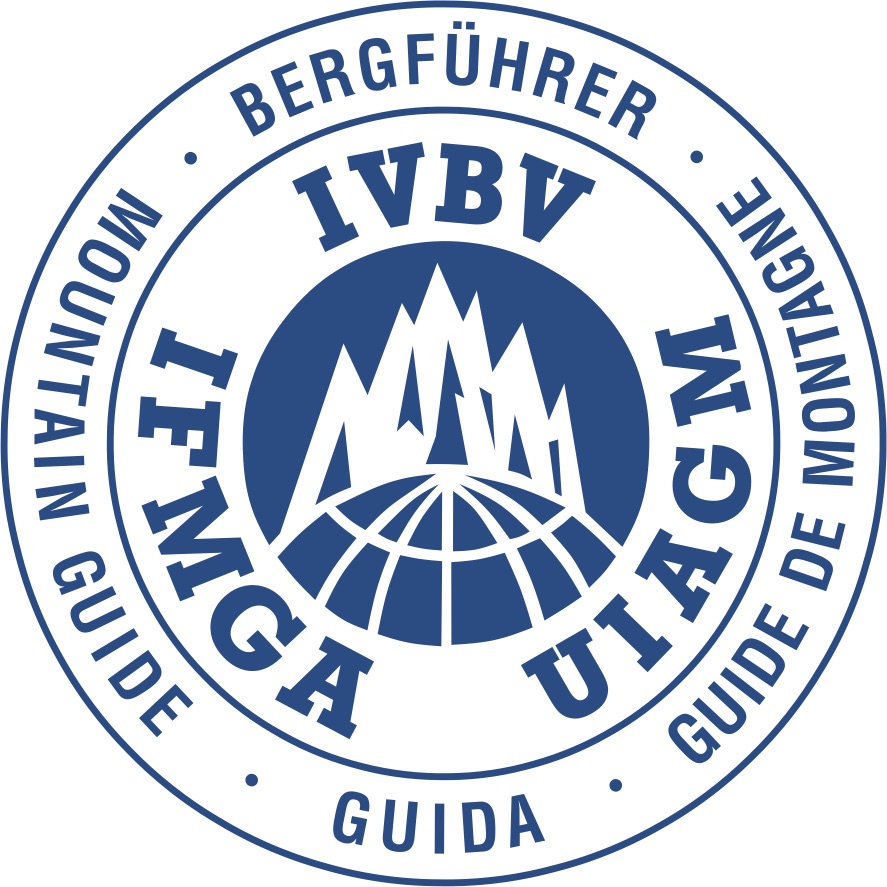The mountains can be a dangerous place but also a very rewarding one. The Planning Triangle is a useful framework for anyone leading trips in the mountains. In essence, it a way to think about the most important variables in planning a mission: The team’s capabilities, the conditions and the objective.

Objective
The objective refers to the terrain you want to enter. This could be the summit of a specific mountain or a certain ski descent.
Conditions
Conditions can be broken down into two categories: weather conditions and the state of variable mountain elements like snow and ice, which impact travel and safety. I often refer to this as the mountain snow environment.
These elements can change seasonally and daily. Being able to tune into and predict their impact on your group and objective is essential. Examples include:
- Snow condition: Will you need crampons, or flotation tools like skis or snowshoes for deep snow? Terrain that poses a significant sliding fall hazard in spring with firm snow may not pose the same risk in winter with soft snow. Booting up a ski descent in powder may not require crampons, but do you anticipate icy, wind-stripped conditions near the col?
- Avalanche danger: Given the snow conditions, where are avalanches likely to occur, and how large are they expected to be?
- Verglas, ice, or snow on rock: Could a recent fall thunderstorm leave icy or snowy conditions on an otherwise rocky summit ridge?
- Ice climb formation: Is a particular ice pitch not fully formed, requiring more involved mixed climbing and the use of rock protection?
Weather considerations are more straightforward. The key is understanding how your group’s experience matches the conditions and whether these conditions will significantly impact self-care, decision-making, and communication. Common weather factors to watch out for include:
- Cold temperatures: Will the team be able to manage them effectively?
- Wind: This adds stress and can hinder good decision-making.
- Poor visibility: Wind and snow can reduce visibility, complicating navigation.
- Cloud height: Affects visibility and your ability to safely navigate.
- Overnight low temperatures: This influences the level of emergency response planning and equipment needed.
Team
The team is a more flexible but critical variable. There are two main aspects to consider for each team member: ability and experience, as well as goals and desires. Ensuring the team is aligned or that clear expectations are set is vital to having a rewarding day and avoiding undue pressure.
Ability and experience:
In more hazardous environments and objectives, it’s essential that team members possess the necessary skills and experience. Perhaps more important is having confidence in their abilities. Get to know new partners in less committed environments where you can gauge their capabilities. Consider factors such as:
- Movement skills
- Self-care
- Fitness
Goals and desires:
It’s important to understand the goals and desires of each group member. Misalignment here often leads to friction within the team, breakdowns in communication, and poor decision-making. Consider tolerances for:
- Exposure to objective hazard
- Adverse conditions
- Whether they are objective-focused (motivated by reaching a goal)
- Whether they are team-focused (motivated by enjoying time with the group)
Differences in goals and tolerances can lead to some team members pushing others into uncomfortable situations.
Putting It All Together
There are two main approaches to syncing up your team, objectives, and conditions: when you have a specific objective, or when you have a specific day and team to work with. When one variable is fixed, you need to be selective in controlling the others.

Objective-focused planning:
When the objective is the fixed variable, you need to be selective in choosing the right team and conditions to set up for success. A prime example is when you’re focused on a specific piece of terrain, such as a mountain summit or ski descent. As objectives become more extreme, it’s crucial to select the right team and wait for the appropriate conditions.
This is also why it’s important to be selective when hiring a guide and choosing who else will be on your program. If you’re focused on an objective, having the right team is key to success.
Team and conditions-focused planning:
When your team and conditions are the fixed variables, you need to choose an appropriate objective to set yourself up for success. This is common for recreational users, like a group of friends who plan to go backcountry skiing on a specific day. In this case, the team and conditions (weather and snowpack) are fixed.
Success here depends on understanding the group’s experience and abilities in managing the given conditions and then selecting terrain that won’t push anyone too far beyond their comfort zones. In groups with varying experience levels and goals, you should generally defer to the least common denominator and set firm expectations for the day’s objectives.
Conditions and Terrain Red Flags
Here are some examples of condition-terrain interactions to watch out for:
Extremely low temperatures: In these conditions, margins for error shrink significantly. Managing an accident in extreme cold is difficult and can quickly escalate a minor incident into a life-threatening situation.
Complex avalanche terrain: When you have a significant amount of steep terrain that can produce multiple overlapping avalanche paths, this is known as complex terrain. In such environments, the snowpack conditions must be stable enough to prevent widespread avalanches.
Poor visibility: In conditions of poor visibility, it’s essential to avoid terrain with major navigational challenges that could lead to objective dangers, such as seracs, avalanche runouts, or crevasses.
